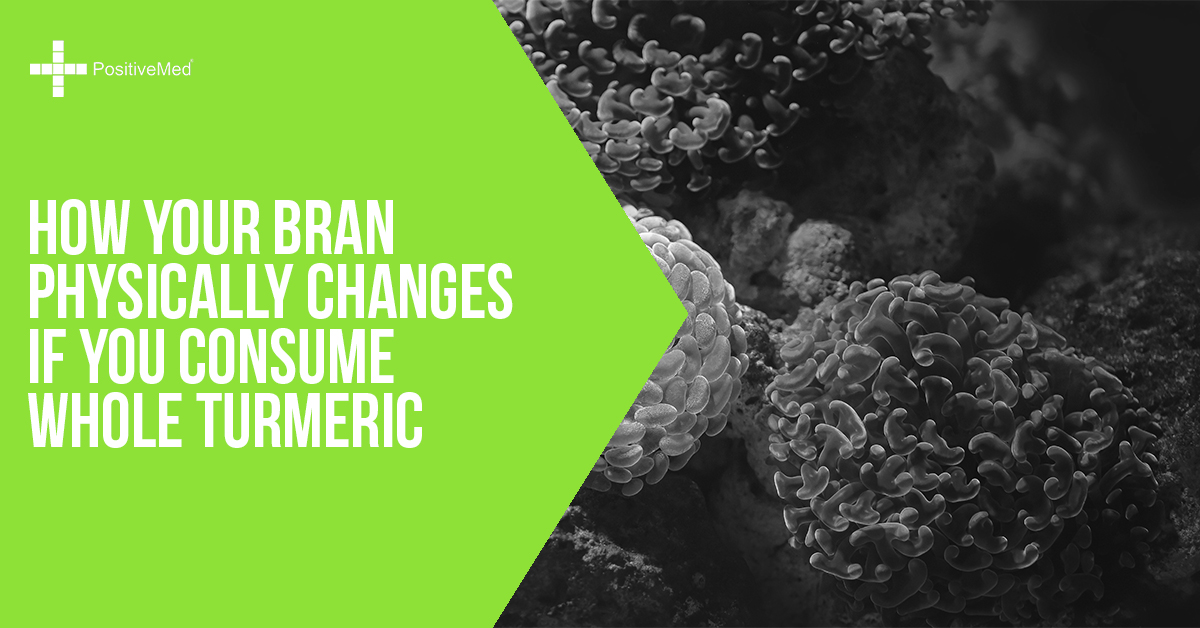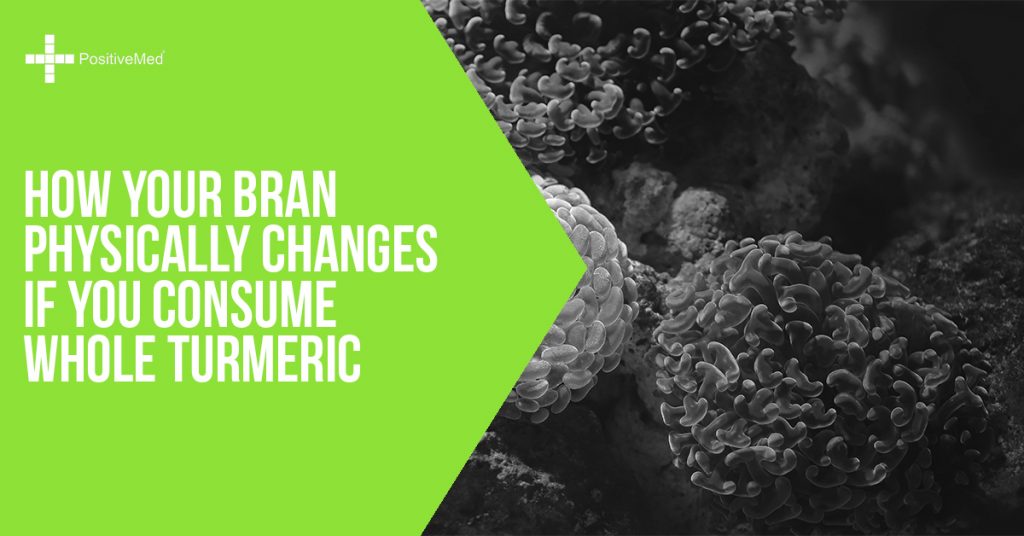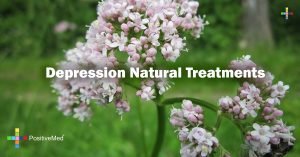Many people who know of turmeric know of its amazing health benefits. But how many people know that taking the whole turmeric actually changes the brain in marvelous ways?

The compound responsible for these benefits is not just the well-known curcumin, which is valued for its tumor-fighting and antioxidant properties. The other compound is called aromatic turmerone, or ar-tumerone. This is a fat-soluble compound that increases the number of neural stem cells in the brain. Scientists saw this cell regeneration happen in rats, especially in the hippocampus and the subventricular zone. The size of these areas of the brain also grew.
The hippocampus is the seat of emotion, memory and the autonomic nervous system, which controls processes over which most animals have no conscious control, such as breathing, heartbeat, and digestion. The subventricular zone is an area in the brain where neurons or nerve cells are created.
Not only does ar-tumerone help the brain create new neurons, but it also creates neurons from stem cells, which are undifferentiated cells that can grow into specialized cells. This is a very unusual property. In one study, scientists placed neural stem cells from fetal rats in a petri dish and bathed them in solutions of
In one study, scientists placed neural stem cells from fetal rats in a petri dish and bathed them in solutions of ar-tumerone for 72 hours. When bathed in certain concentrations, 80 percent of the neural stem cells grew into neurons or other types of specialized cells. This wasn’t seen in studies where ar-tumerone wasn’t used. Ar-turmerone also inhibited certain types of cells that cause inflammation in nerve cells. Scientists believe that the protective effects of ar-tumerone would be especially pronounced in simpler animals such as fish.
Because of its ability to build neurons from stem cells, scientists see the possibility of treating conditions such as stroke and degenerative diseases such as Alzheimer disease with ar-tumerone. When combined with the benefits of curcumin, the advantages of taking the whole turmeric become clear.
RELATED ARTICLE: Avoid Side Effects: List of Drugs to Swap with Turmeric
Ar-tumerone also makes curcumin more bioavailable, or able to be used by the body. The two acting in concert reduces blood sugar levels by stimulating the production of PPAR-gamma, or peroxisome proliferator-activated receptor gamma a substance that regulates the sensitivity of insulin. This is important news for people who suffer from type 2 diabetes. But when the levels of ar-turmerone were lowered, the curcumin became less bioavailable and therefore less effective.
These promising results have scientists considering human studies using ar-tumerone. Ar-tumerone and curcumin aren’t the only compounds found in turmeric. So far, scientists have found around 235 compounds.
Turmeric has been used as both a medicinal herb, a spice and even a coloring agent for millennia. It is native to southern Asia and grows into a tall plant with beautiful flowers that never develop seeds. It reproduces through its underground rhizomes, and this is where the bright, orange-yellow spice is found. Besides its possible use as an agent for growing nerve cells in the brain, turmeric is also known to:
• Reduce levels of LDL or “bad” cholesterol while raising levels of HDL or “good” cholesterol
• Stop platelets from sticking to the walls of arteries. Platelets are tiny bodies in the blood necessary for wound-healing.
• Lower the risk of cardiovascular disease
• Ease symptoms of rheumatoid arthritis, multiple sclerosis, and other autoimmune diseases
• Lower the risk of cataracts
• Lower the risk of liver damage
• Keep tumors from forming
• Protect the body against damage from heavy metals and radiation
READ ALSO: Turmeric Juice Shot Is Equivalent to 60 Minutes of Exercise
Given all of these health benefits, it’s to everyone’s advantage to add a sprinkle of turmeric to meals and even beverages every day.








